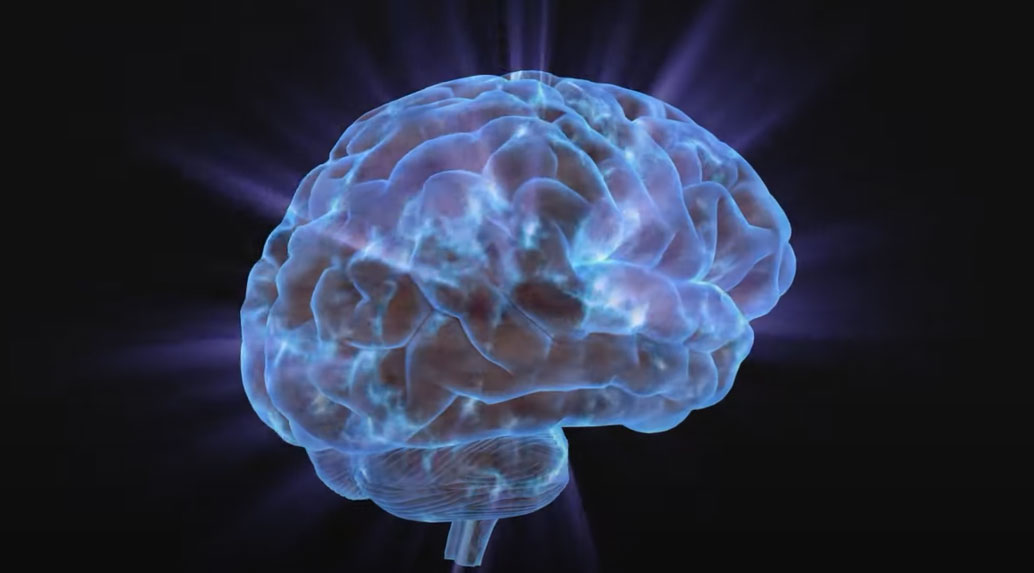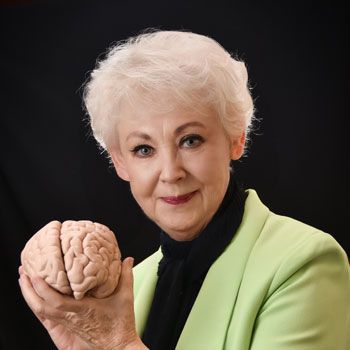The Color of Discrimination
©Arlene R. Taylor PhD www.arlenetaylor.org
 It was a uniquely diverse group. Interesting and intellectually stimulating, their ages ranged from 17 to 87. There were people of European ancestry as well as those of African, East Indian, Native American, Hispanic, and Oriental backgrounds. A variety of countries were represented including Canada, United States, India, Mexico, Great Britain, Hong Kong, Africa, and Australia. All were enrolled in The Brain Program.
It was a uniquely diverse group. Interesting and intellectually stimulating, their ages ranged from 17 to 87. There were people of European ancestry as well as those of African, East Indian, Native American, Hispanic, and Oriental backgrounds. A variety of countries were represented including Canada, United States, India, Mexico, Great Britain, Hong Kong, Africa, and Australia. All were enrolled in The Brain Program.
I had presented the concept of brain bent, a term that refers to a brain’s built-in advantage for processing information energy efficiently. Humans are each believed to possess an innate biochemical preference for paying attention to and managing data using one of four natural divisions of the cerebrum over the other three. (Refer to Table at the end.)
In the process, I had summarized a study involving primate research on pecking order. Briefly, researchers placed thirty male primates in an enclosure and left them alone for a few hours. They rank-ordered themselves from 1-30. Studies of these primates showed a correlation between lower positions in the pecking order and decreased levels of dopamine and serotonin in the brain along with increased levels of stress hormones. Self-esteem and assertiveness levels also tended to reflect pecking-order position.
Some believe that a similar situation may occur in the human brain, as well. When a person is utilizing his/her brain bent and it matches societal expectations, that person may tend to have higher circulating levels of dopamine and serotonin and exhibit higher levels of self-esteem and assertiveness and lower levels of stress hormones. Of course the reverse would also be true.
Over lunch we discussed the hypothesis that individuals whose brain function matched what their culture emphasized might find themselves higher on that country’s pecking order, versus those who did not. Using the former USSR as an example, an historian in the group explained, “The system was probably run by males with a bent in the Prioritizing division, who expected everyone else to function using skills in the Maintaining division, while those with a bent in the Envisioning division (e.g., writers, poets, composers and arrangers, inventers, and many artists) and in the Harmonizing division (e.g., dancers, musicians, and counselors) were discriminated against in terms of the types of skills that were rewarded.”
A college professor suggested that entire countries could be assigned a brain bent, at least in terms of which skills were emphasized and rewarded. It would therefore be possible to theorize some correlations. “England could be viewed as emphasizing skills in the Maintaining division,” he said. Evidence for that position was its continued adherence to centuries-old rules and specific rituals dealing with knight-hood and peerage, to say nothing of coronation protocols. It also rewarded skills in the Prioritizing division through the continued promotion of the monarchy, the nobility class system, and the global conquest that had resulted in creation of the British Empire.
“And in the earlier part of the 20th century,” said a woman with a European accent, “Germany tended to emphasize functions in the Prioritizing division.” Examples here were a goal-oriented conquest for dominance, a dictator-style government, citizenry being expected to unquestioningly fall into step, and punishment of those who couldn’t or wouldn’t meet the approved standard.
“Japan embodied an interesting split tween the Envisioning and Maintaining divisions,” offered another. “It was gifted in envisioning and mimicking what other countries had produced, especially cars and electronics—often doing it more successfully and for less cost.” But the myriad of ritualistic details surrounding the Tea Ceremony was suggested as an example of Maintaining functions.
“I think Ancient Greece emphasized double-frontal functions,” offered a participant who taught evening classes at the local Junior College. “There were innovative artistic and architectural wonders, along with debate and goal-oriented athletic competitions.”
Almost casually, and yet as if his pronouncement was not only the last word but an irrefutable fact, one of the younger participants interrupted with, “My folks say color forms the basis of all discrimination.”
One of the older participants said, “I, too, have thought of discrimination as primarily having its root in race or skin color. Now I wonder if, while that may be a strong component in some instances, discrimination actually has its roots in brain function.” There was a pause. “For instance,” he continued, “what about slavery? Was that about color or brain function?” There was a pregnant pause followed by a dozen voices offering comments.
“I’d guess that the traders who stole or purchased individuals for the purpose of being placed into slavery had a brain bent in the Prioritizing division. Some were of European ancestry but documentaries have shown that others were themselves of African ancestry. They were goal oriented—obtaining a commodity and turning it into a profit—and the stories related to conditions on the transport ship suggest there was were few skills in evidence from the Harmonizing division relate nurturing, empathy, or a concern for proper food and creature comforts.”
That spurred a plethora of questions about whether entire cultures were associated with functions of a specific cerebral division. The Native American cultures and black African cultures both seem to emphasize the Harmonizing division with their songs, dancing, drums, and connection with family and nature. That could help to explain the acquiescence of some who were being transported (both from the African continent, as in the slave trade, and on the North American continent, as in assignment to ‘Indian reservations’). Those who did not have a brain bent in the Harmonizing division may have been the ones who embodied the old adage, “Give me liberty or give me death.”
“Oh my!” one of the women exclaimed. “So they transported Harmonizing brain bents to the new world and shoved them into a white-male, hierarchical, Prioritizing division society structure. No wonder they didn’t fit it! But maybe it was less related to race or color (although that made everything more obvious) and more to brain function. And I make that observation as a woman of color!” It was obviously a new perspective to some as evidenced by the buzz of conversation that followed her comments.
By way of interest I pointed out that since the industrial revolution America has placed a great deal of emphasis on standardization, a stance that basically requires and rewards left-brain functions. Estimates are that although the vast majority of males (and some females) have built significant skills in the left hemisphere to meet business and cultural expectations, innate brain bent in the U.S. population is divided fairly equally among the four cerebral divisions.
“My opinion,” said a female attorney,” is that the bottom-line basis of discrimination involves gender.” The room erupted, some for and some against. “Ya think? That’s no longer true. Do we have to grind that axe again?” Several began to laugh at the intensity of emotion expressed.
Turning to me she asked, “How do you, a female of European ancestry, fit into this culture?”
“Hmm,” I mused, wondering how to respond to this without sounding sexist. “I suppose I fit in somewhere after all the male brains.”
“You mean all the white-male brains,” a Native American male clarified.
“No,” I replied. “I mean all male brains. Male brains of European ancestry may be at the top of the metaphorical hierarchy, with non-European-ancestry males falling lower on the scale, but males with comparable education and experience to mine (regardless of ancestry) typically earn more per hour for their work. Using financial remuneration as a form of rating, all male brains are higher on the hierarchical scale as compared to my female brain.”
“In addition,” I added in the ensuing silence, “I fit in somewhere after many female brains, as well, since our culture primarily rewards females for skills in the Harmonizing division. You already know my profile: empathizing (female) brain, a brain bent in the Envisioning division, an ambivert leaning toward introversion, and an auditory sensory preference (which is estimated to be only 20% of the population).”
“Cheez-whiz, woman!” one of the men exclaimed. “By the time you add up all the ways in which you DON’T fit in, you’ll have yourself hovering around the bottom of the hierarchical scale! How’s your self-esteem?” A burst of hearty laughter followed his comments.
“Fortunately the female brain tends to be more collegial and less hierarchical than the male brain,” I said, joining in the laughter. “My sense of self-worth is good, thank you.”
“And it doesn’t upset you?...” This time the questioner was female. “...knowing you don’t fit in to societal expectations for a female, I mean.”
“It is what it is,” I replied. “I have the choice to be upset or deal with what is.” At this stage of my life I know something about my brain bent and the way in which my brain functions more efficiently, along with its match or mismatch with societal expectations, most of which are rather artificial anyway. Most of any negative impact to my brain and body will be due to the weight I place upon the mismatch and the degree to which I allow it to impact my life adversely, rather than to the mismatch itself.
As typically happens, I came away from that encounter with much food for thought. My current “bias” is that discrimination begins in the brain. The human brain does tend to sort things into categories, grouping those that are similar, perhaps for easy recognition. That tendency may form the basis for discrimination. It often expands and takes on a life of its own, however, due to a plethora of factors that layer themselves onto that bottom line—what the brain has learned, has observed in role models, has experienced personally, and believes to be right and proper and desirable.
While it’s a good thing the brain has this capability, it is unfortunate when those functions are misused or used against oneself and others negatively. My personal commitment is to acknowledge, enjoy, and be enriched by individual uniqueness, while at the same time striving for ways to collaborate effectively within the differences.
Since the color of discrimination begins in the brain, related negative thoughts and hurtful actions could end there, as well. It’s a personal choice.
Table 1. Purpose of Each Cerebral Division
|
Prioritizing Division Frontal Left Lobe Purpose: To enable you to set and achieve goals, and to make objective and timely decisions, which includes:
|
Envisioning Division Frontal Right Lobe Purpose: To enable you to anticipate and make changes, which includes:
|
|
Maintaining Division Posterior Left Lobes Purpose: To enable you to produce and supply services (dependably) for maintaining life and work, which includes:
|
Harmonizing Division Posterior Right Lobes Purpose: To enable you to build trust, harmony, and connection, which includes:
|






